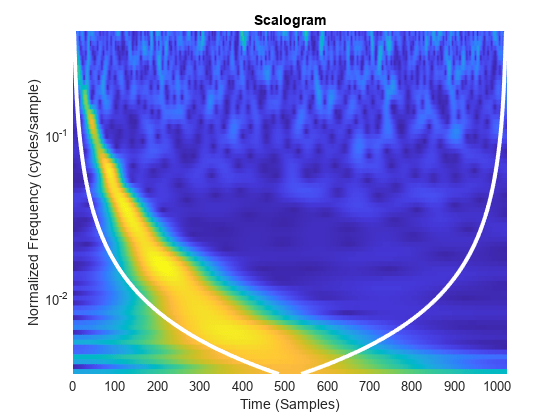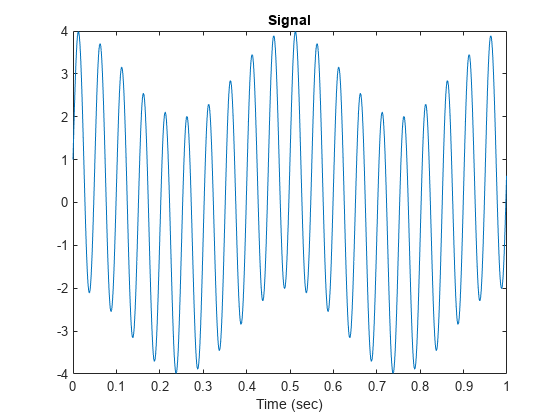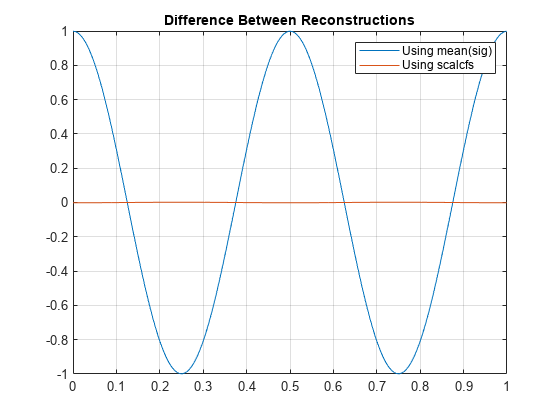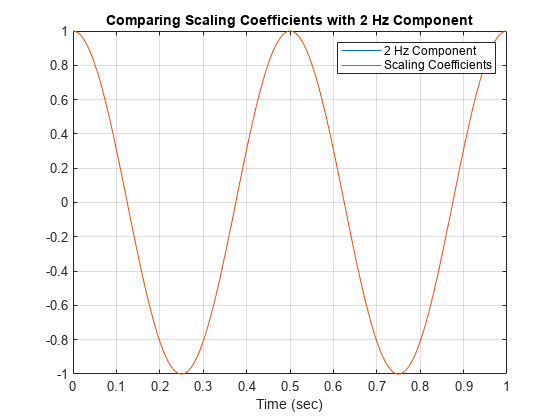wt
Continuous wavelet transform with filter bank
Syntax
Description
cfs= wt(fb,x)x, usingfb, a CWT filter bank.xis a real- or complex-valued vector.xmust have at least 4 samples. Ifxis real-valued,cfsis a 2-D matrix, where each row corresponds to one scale. The column size ofcfsis equal to the length ofx. Ifxis complex-valued,cfsis a 3-D array, where the first page is the CWT for the positive scales (analytic part or counterclockwise component), and the second page is the cwt for the negative scales (anti-analytic part or clockwise component).
Examples
Input Arguments
输出Arguments
Tips
The first time you use a filter bank to take the CWT of a signal, the wavelet filters are constructed to have the same datatype as the signal. A warning message is generated when you apply the same filter bank to a signal with a different datatype. Changing datatypes comes with the cost of redesigning or changing the precision of the filter bank. For optimal performance, use a consistent datatype.
When performing multiple CWTs, for example inside a for-loop, the recommended workflow is to first create a
cwtfilterbankobject and then use thewtobject function. This workflow minimizes overhead and maximizes performance. SeeUsing CWT Filter Bank on Multiple Time Series.





